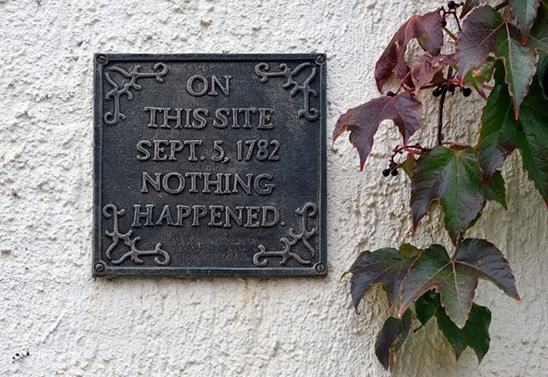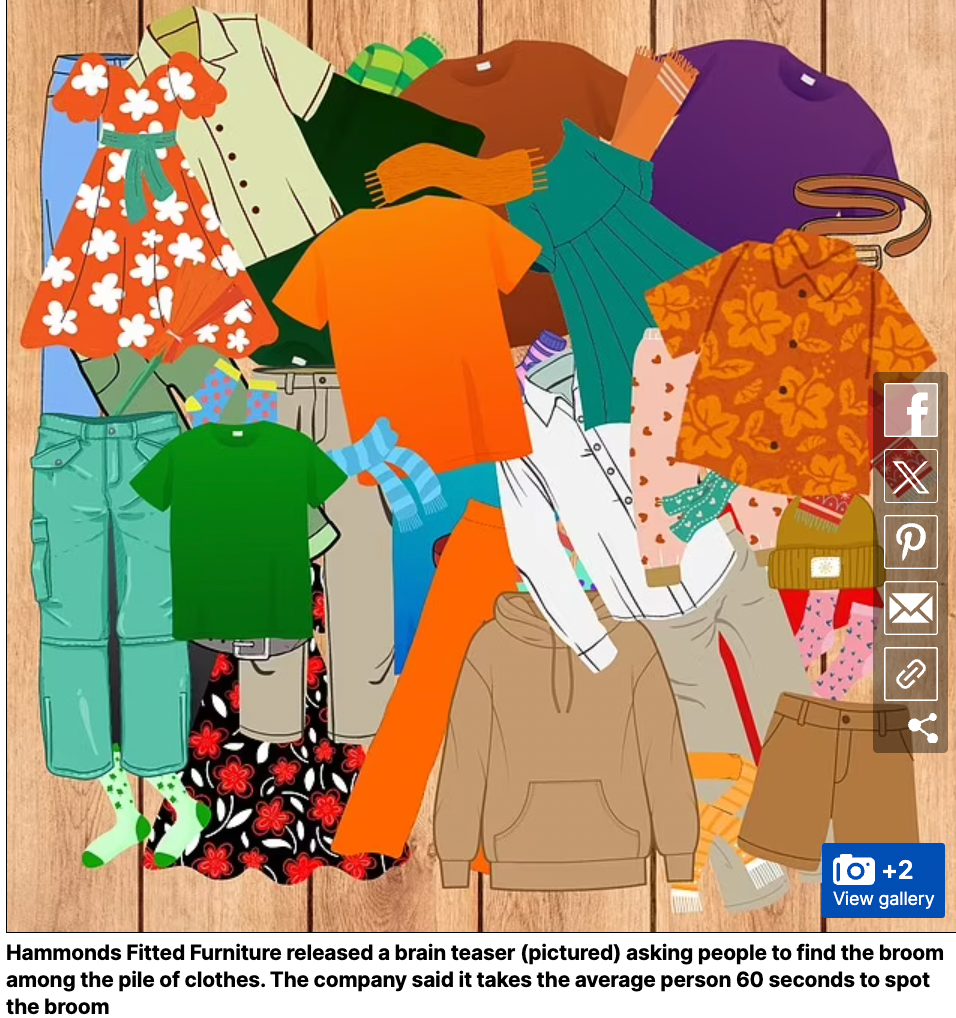A Forgotten Symphony (I): Rediscovering Pink Floyd’s Atom Heart Mother
Think of Pink Floyd, what flashes through your mind? Is it the captivating guitar solo that collides with the boundary of time and space? It’s probably your dad’s favorite album, echoing through the house on a lazy Sunday afternoon or maybe the iconic prism of “The Dark Side of the Moon” cover which is a must-have for any serious music listener’s record collection and of course a familiar sight on the wall of those trendy coffee shops. Pink Floyd is more than just a band. It’s a cultural phenomenon, an icon that has its legacy woven into generations of music enthusiasts — Like myself and my grandfather. Among their groundbreaking works, Atom Heart Mother stands as a bold experiment, a journey into the unknown realms of musical innovation.
The motivation behind this post is my recent experience of listening to this album 4–5 times consecutively, following a lengthy discussion with two of my peers who are avid music enthusiasts. This renewed experience of mine sparked the interest in exploring both its notable achievements and its contentious aspects and sharing my thoughts with the Floydian community online. This post aims to provide a somewhat comprehensive analysis of the album, from its historical context, musical composition, and thematic richness to its production challenges. We will try to understand its place not only within Pink Floyd’s body of work but also within the broader landscape of progressive and psychedelic rock.
In October 1970, Pink Floyd released their fifth studio album, Atom Heart Mother, during an era still vibrating by the psychedelic ’60s and evolving towards the progressive rock movement. They started their prominent journey of musical experimentation with this release which marked their name at the forefront of the progressive rock scene.
The late ’60s and early ’70s was a transitional period for Pink Floyd as they were still struggling with the departure of their bandmate Syd Barrett who was Floyd’s original frontman and main songwriter. Syd had an unquestionable influence that had guided their early work. Now the remaining four– Roger Waters, David Gilmour, Richard Wright, and Nick Mason – found themselves at this creative crossroads trying to find a new direction. The idea of Atom Heart Mother was developed in the middle of this uncertainty.
Now when I think of the title of the album itself, I see it as a product of luck, inspired by a headline about a woman who had undergone surgery to implant a nuclear-powered pacemaker whose story was found when Waters was riffling through the pages of some newspaper. This fusion of the organic with the mechanical mirrored the album’s musical atmosphere – blending the warmth and depth of traditional rock instrumentation with the magnificence of orchestral and choral arrangements.
Atom Heart Mother was a daring venture, diverging from their earlier musical compositions. Their collaboration with the avant-garde composer Ron Geesin was an embracing approach towards symphonic music. It was groundbreaking. Traditionally, rock albums were build around shorter songs designed for release as singles and suitable for radio airplay. Having the entire side of the vinyl record being taken up by one continuous piece of music was a significant departure from the norm and undeniably a risk, as it defied the conventional format that focused on singles.
As we’ve covered the historical backdrop that led to the conception of Atom Heart Mother it becomes evident that this album not only marks a significant phase in Pink Floyd’s evolution but also challenges the established boundaries of rock music. Now let’s discuss the opening segment of the suite, Father’s Shout. Let’s explore the innovative and bold aspects of this part.
Father’s Shout (0:00–2:50)
In the opening section of the suite, Father’s Shout, we encounter a piece that immediately establishes a precedent for the entire album. It introduces listeners to an extraordinary blend of orchestral depth and rock from its very first note to the 2-minute and 50-second mark.
Composition and Structure: Father’s Shout begins with a powerful brass fanfare, a bold and unexpected opening that once again sends the signal of departure from conventional rock openings of that era. The arrangement cleverly intertwines with the band’s traditional instruments and classical elements, creating a dialogue between the classical and the contemporary. This so called dialogue is marked by dynamic shifts, from the robust brass sections to the quieter interludes highlighting the suite’s exploratory reminiscent of man’s first steps on the moon.
Wait, the moon? Dark Side Of The Moon? Its 1970 — we’re not there yet!
Technicality: The composition of Father’s Shout showcases a notable collaboration, with Ron Geesin’s avant-garde composition at the forefront and David Gilmour’s guitar work connecting seamlessly with the orchestral elements. This is a very interesting blend. It added depth, texture, and, of course, Gilmour’s signature guitar essence to the piece. Father’s Shout is not just an opening movement; it is a statement of intent. It challenges the listener to reconfigure their understanding of genre boundaries and their willingness to explore into different genres and styles.
Breast Milky (2:50–5:23)
The “Breast Milky” segment of Atom Heart Mother is an excellent example in musical emotion and texture. It’s where the album gets personal. After the big, bold orchestral opening, this segment brings us into a more intimate space. It’s like Pink Floyd is inviting us:
“Okay, now that we have your attention, let’s sit down and get deep.”
Let’s have a deeper look into Pink Floyd’s approach to composition and emotional expression during this era. This part of the suite acts as a pivot steering away from the orchestral opening into a more reflective and sophisticated exploration of mood and melody and it is within this part that the collaboration with Ron Geesin becomes particularly impactful. It added a layer of brilliance that created a soundscape focused on texture.
Emotional Depth and Composition: The section begins with the cello and choir, a seamless transition from the suite’s earlier energetic atmosphere to a realm of introspection and depth. It’s like stepping out of a Rock concert just to walk into an ancient cathedral. These elements shape that rich emotional texture that I mentioned earlier. The cello part of this segment adds a nice paradox of warmth and chill that introduces us to a sense of melancholy and longing that’s hard to shake off, like one of those cloudy Sunday afternoons when you’d do anything to fast-forward through the gloom.
Intéressant, right?
Then we have Gilmour’s guitar solo which is particularly interesting to me because it has this gripping way of speaking directly to you. All those bends and vibrato express a wide range of emotions. With every note, his guitar pierces through the air, aiming directly at the listener’s heart, sharp, bright, clear, yet effortlessly smooth. We are talking about David Gilmour. A man with this knack for making his guitar sing, pouring real feeling into every note — Another example of such artist would be Gary Moore.
Dynamic Texture: They created their music in a way that captures the natural rise and fall of emotions that takes us through shifts in intensity feeling just like the pulse of human experience. The essence of Pink Floyd’s music goes deep down exploring and portraying human emotions. Here’s the catch, though: it by no means guarantees that you’re always going to experience the groove and joy of Rock ’n’ Roll. No! It’s going to be dark, hard to swallow, and bitter — but trust me, it’s worth it.
Mother Fore (5:23–10:13)
Mother Fore in Atom Heart Mother is like hitting the rewind button, but with a twist. Pink Floyd now takes the bits and pieces we’ve heard before and spins them into something new and even more fascinating. It’s like they’re showing off how they can mix different sounds and ideas and take us into cooler and more experimental spaces. As we dive into Mother Fore, let’s have a closer look on how the band plays around with these ideas, taking us on a trip through their evolving musical landscape.
Theme exchange: In Mother Fore, the sound of brass returns, but it’s not just a callback to the start — it’s a whole new conversation. This time, the brass isn’t hanging out in the background; its right there in the spot jamming and mixing some jazzy tunes with the band’s rock. As I mentioned earlier, Atom Heart Mother is the band’s first major interdisciplinary experiment in different genres and believe me when I say it was a bold move. We’re talking about the era when younger people were taking steps away from heavily Blues-influenced mainstream Rock ’n’ Roll. There was a thirst, a void that needed filling; the boomers of the late 60’s sought someting more profound than the rhythmic tunes of British Rock ’n’ Roll. Now as the suite goes on, it’s clear they’re not just messing around with orchestral bits for the heck of it. They’re really weaving it into the fabric of their music, finding that sweet spot where rock and classical music meet and shake hands.
Progressive Experimentation: Mother Fore once again showcases Pink Floyd’s skill in layering of sounds that hold on to each other perfectly simultaneously as every layer has its distinct complexity. They mixed rock tunes with choral and orchestral elements in a perfect layered melody. This is the kind of complex sound work that sets progressive rock apart, and Pink Floyd does hit a home run here. They created this mysterious, layered, rich texture that is constantly making transitions, keeping you guessing what’s coming next.
I think I’ve said enough for now. I’ll save the rest of the song for another post. I enjoy discussing music with people, whether it’s in a bar, on a date, or online on platforms like Reddit and Twitter (not a fan of the new name!). See, I’m not a blogger type of guy; writing my thoughts in extended blog posts feels a bit odd to me. However, I still enjoy sharing my insights on artists, genres, and albums, though in a more detailed and sophisticated manner this time. I’ll see how it goes. If the feedback is positive and I’m in the mood, I’ll likely write more frequently.






